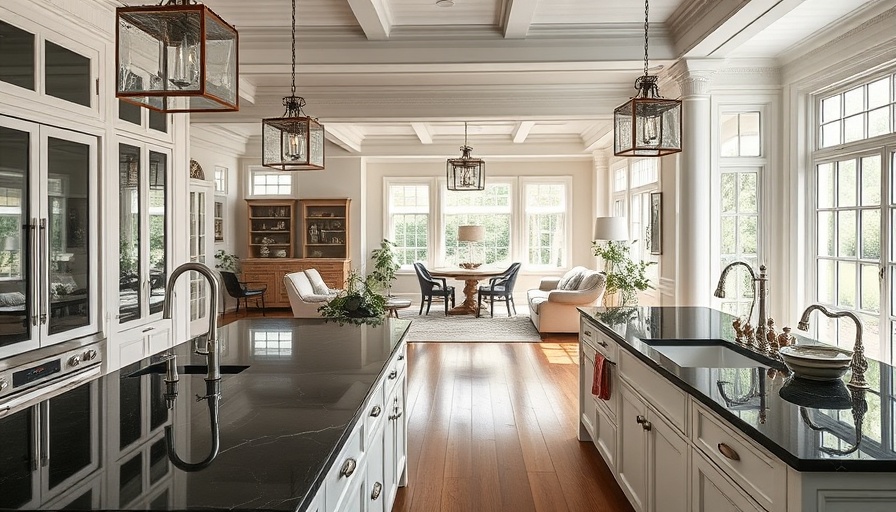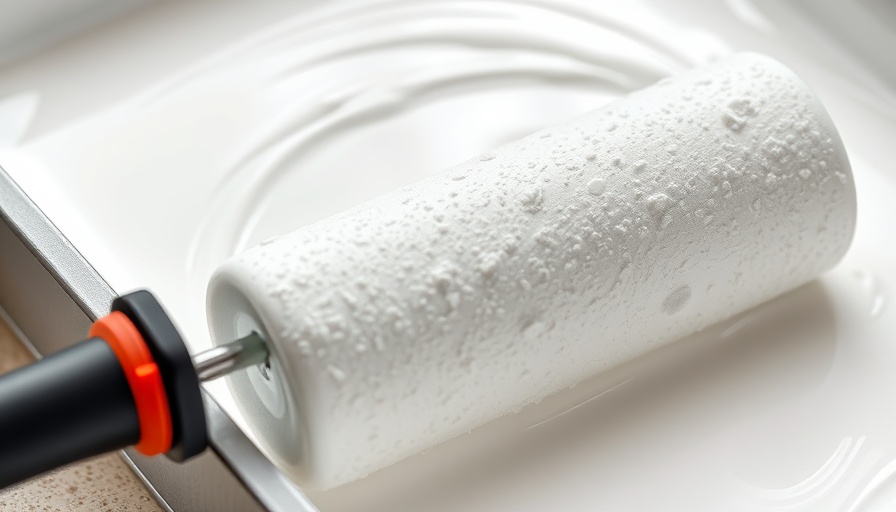
Rediscovering 1920s Colonial Revival Kitchens
The 1920s Colonial Revival kitchens are celebrated not just for their aesthetic charm but also for their functionality. This article explores the timeless appeal of this classic design, highlighting its blend of historical significance and modern practicality.
Why Colonial Revival Architecture Matters
Colonial Revival architecture is a quintessential American style that reinterprets the colonial designs of early America. Originating in the late 19th century, this style gained immense popularity in the 1920s as homeowners sought to reconnect with their roots during a time of change. The charm of a Colonial Revival kitchen lies in its seamless mix of form and function, making it vibrant for contemporary homeowners.
Essential Features of a 1920s Colonial Revival Kitchen
When envisioning a Colonial Revival kitchen from the 1920s, certain features emerge that define its style:
- Custom Millwork: Intricate cabinetry with raised panels and decorative moulding adds elegance.
- Classic Materials: The use of natural materials like wood, stone, and brick enhances durability while reflecting the era's craftsmanship.
- Symmetrical Layout: A balanced kitchen layout promotes efficient workflow and visual appeal.
Inspiring Contemporary Renovations
As homeowners continue to embrace the functionality and aesthetic of Colonial Revival kitchens, many opt for renovations that respect historical details while integrating modern conveniences. For instance, contemporary appliance upgrades are designed to blend seamlessly with the vintage aesthetic, ensuring that the kitchen remains practical for today’s era.
How to Incorporate Colonial Revival Elements in Your Home
If you're dreaming of transforming your kitchen into an homage to 1920s Colonial Revival design, here are some tips to guide your renovation:
- Opt for Earthy Color Palettes: Shades of cream, blue, and warm browns can evoke the spirit of the era.
- Focus on Lighting: Introduce brass and wrought iron fixtures that mimic the classic designs of the 1920s.
- Accessorize Wisely: Use vintage kitchenware and pottery to enhance your theme without overwhelming the space.
Engagement Through Personalized Design
Creating a kitchen that reflects the Colonial Revival style requires a thoughtful approach to design. It is essential to consider personal preferences while honoring the historical essence of the style. Engaging with local craftspeople can also enrich the project by providing authentic touches inspired by original designs.
Comparing Styles: Colonial Revival vs. Other Trends
When looking at kitchen styles, Colonial Revival offers a distinct contrast to other trends like modern and minimalist designs. While sleek lines and open spaces characterize modern kitchens, Colonial Revival embraces warmth through detailed craftsmanship. Understanding these differences can help homeowners choose the style that resonates best with their lifestyle and aesthetic goals.
Looking Ahead: Future Trends in Kitchen Design
As sustainable living continues to shape home renovations, expect to see more Colonial Revival kitchens featuring eco-friendly materials and energy-efficient appliances. This forward-thinking approach allows homeowners to enjoy the nostalgia of the 1920s while respecting the preservation of our environment.
Conclusion: Embracing Timeless Design
Bringing a timeless 1920s Colonial Revival kitchen into your home is more than just a design choice; it reflects a lifestyle steeped in warmth, history, and craftsmanship. By considering features unique to this style and blending them with modern necessities, you can create a space that truly honors your home's spirit.
Want to learn more about how to bring historical charm into your kitchen? Explore the variety of resources available to help guide your renovation journey.
 Add Row
Add Row  Add
Add 






Write A Comment